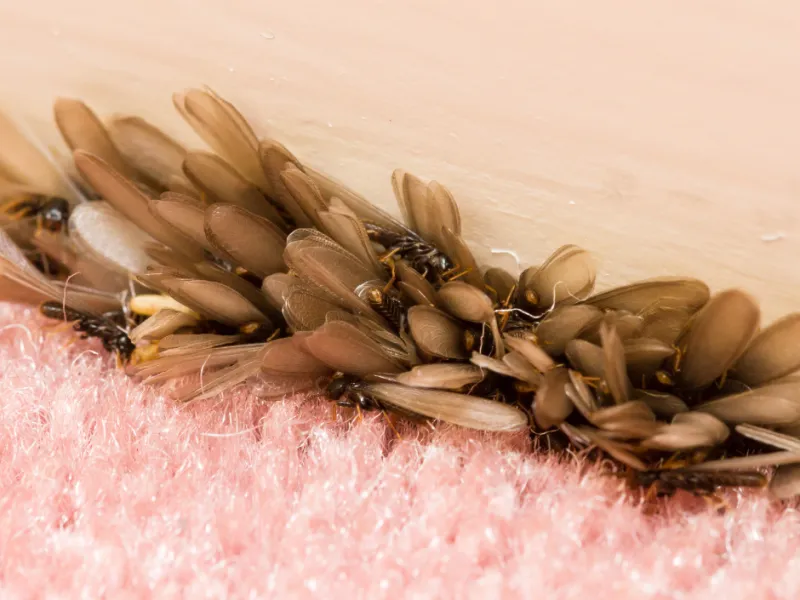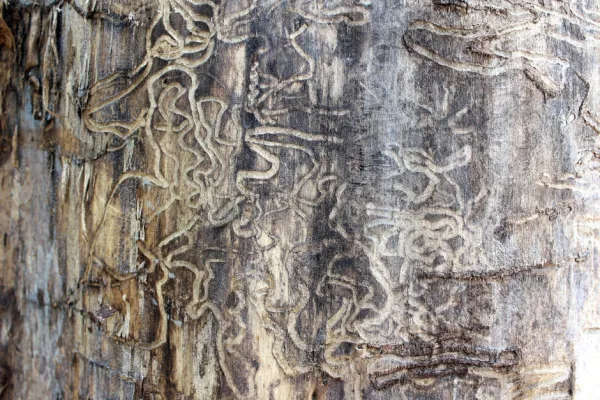Termite Swarming in Virginia & Maryland

Termite Swarming in Virginia & Maryland
If you've ever seen a sudden influx of winged insects in or around your home during the spring, you may have witnessed a termite swarm. While it can be alarming, understanding termite swarming behavior can help homeowners take the proper steps to protect their property.
What Is Termite Swarming?
Termite "swarming" occurs when winged reproductive termites, known as alates or swarmers, leave their original colony to find mates and establish new colonies. Swarming is a natural process and the primary way termite populations expand. In Virginia and Maryland, subterranean termites—particularly the Eastern subterranean termite (Reticulitermes flavipes)—are the most common swarmers.
Why Do Termites Swarm?
Two main factors drive Swarming:
🔹 Reproduction & Colony Expansion - Termites rely on swarming to establish new colonies. Once they find a suitable location with moist soil or decaying wood, swarmers shed their wings and begin building their nests.
🔹 Seasonal & Environmental Triggers - Swarming usually occurs in spring, from late March through May, when warming temperatures and rainfall create ideal conditions for young termite pairs to survive.
Common Termite Species in Virginia & Maryland
Eastern Subterranean Termites (Reticulitermes flavipes)
Most common termite species in the Mid-Atlantic
Nest underground and build tunnels to feed on wood structures
Swarmers are dark brown to black with translucent wings
Swarm in spring (March-May), during the daytime, often after rain
How to Recognize a Termite Swarm
Winged Insects Emerging Indoors or Around Foundations - If you see flying termites near windows, doors, or lights, it may indicate a nearby infestation. Termite swarmers have straight antennae, a thick waist, and two pairs of wings of equal length, distinct from flying ants with bent antennae and uneven wing sizes.
Discarded Wings - After a brief flight, termite swarmers shed their wings. Finding small, translucent wings along windowsills or corners is a telltale sign of termite activity.
Timing of Swarms - Most subterranean termites swarm during daylight hours in spring, especially after warm rain.
What Homeowners Should Do
Act quickly - A termite swarm inside or near your home is a warning sign of a potential infestation.
Reduce moisture - Termites thrive in damp conditions. Fix leaks, improve drainage, and prevent wood-to-soil contact.
Protect your property - Have a licensed pest control company inspect your home to catch early signs of termite damage.
If you suspect termite activity in your home, don't wait. Contact PestNow today for a professional termite inspection and protection plan!


